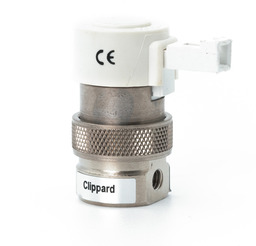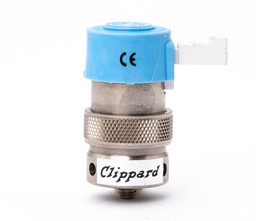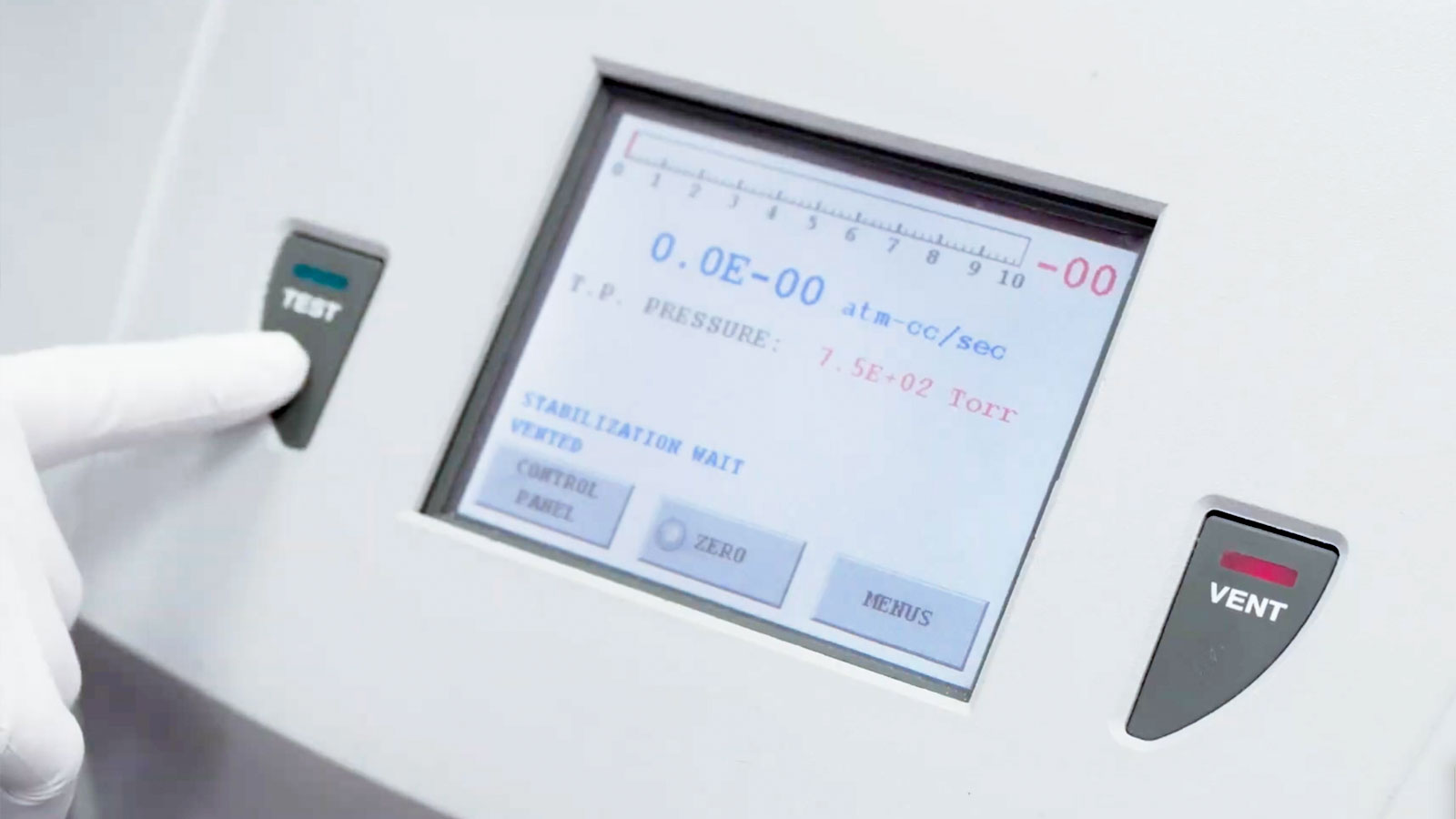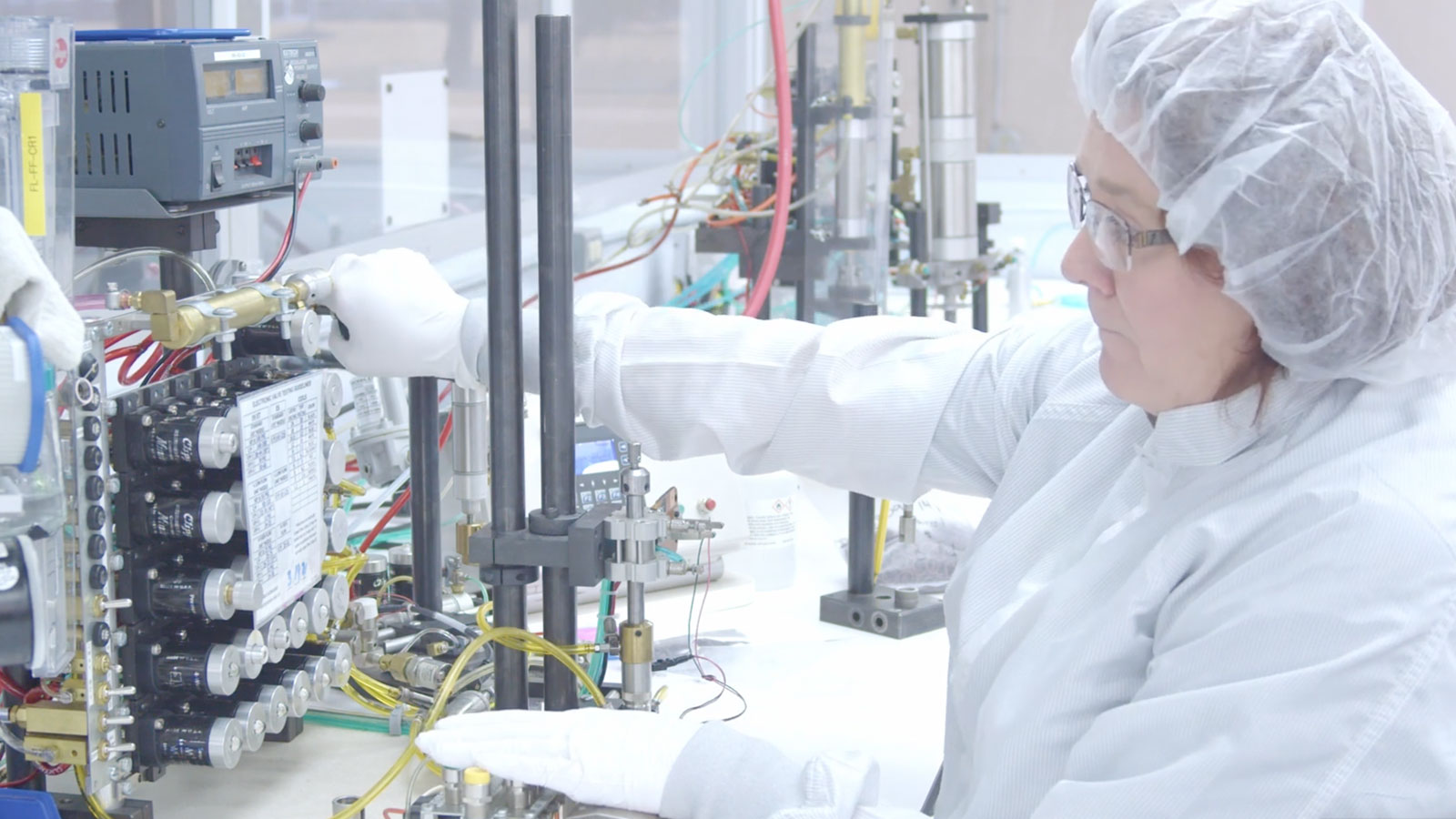Oxygen-Compatible Valves for Oxygen Mixing Applications
When working in oxygen-enriched environments, such as with oxygen mixing applications, selecting the right components is critical to ensure both safety and functionality. One of the key components in these systems is the valve, which controls the flow of gases. For engineers designing systems in medical, aerospace, or other oxygen-sensitive environments, using oxygen-compatible valves is not just a best practice—it's a necessity.
In this article, we'll explore the critical factors that make a valve oxygen-compatible, highlighting key considerations for design engineers. We’ll also introduce Clippard’s solutions for oxygen mixing applications, offering a detailed look at how they meet the unique demands of this high-stakes field.
Subscribe to Clippard's YouTube channel
Two Key Factors for Oxygen-Compatible Valves
When it comes to selecting valves for oxygen-enriched environments, there are two main factors that determine compatibility: material selection and cleanliness. Both are crucial in preventing contamination, ensuring safety, and maintaining reliable operation in systems that handle oxygen.
1. Material Compatibility with Oxygen
The materials used in the construction of the valves must be compatible with oxygen. This is especially important in high-oxygen applications, where certain materials can react with oxygen and pose a risk of combustion or degradation.
In Clippard’s oxygen-compatible valves, the wetted materials (those that come in direct contact with oxygen) are carefully selected to be compatible with oxygen use. Typically, these valves are constructed using standard materials, but with modifications to enhance their safety and performance in oxygen systems. These modifications include:
•PTFE Grease: A non-reactive, oxygen-compatible lubricant that ensures smooth valve operation without the risk of contamination.
•FKM Seals: Fluoroelastomer seals, known for their excellent resistance to a wide range of chemicals, including oxygen. These seals help maintain a tight, leak-free seal and reduce the risk of material degradation.
By using these specially chosen materials, Clippard’s valves maintain their integrity and performance in oxygen environments, helping to minimize the risk of failure in critical applications.
2. Cleanliness and Contamination Control
Contamination control is another critical factor when designing valves for oxygen environments. Oxygen is highly reactive, and even minute traces of contaminants—whether organic or inorganic—can lead to dangerous situations such as fires, oxidation, or system malfunctions.
Clippard takes cleanliness to the highest level by ensuring that all oxygen-compatible valves are:
•Ultrasonically Cleaned: A process that removes any contaminants from the valve components before assembly. Ultrasonic cleaning uses high-frequency sound waves to create microscopic bubbles that help dislodge dirt, oil, and particulate matter from surfaces.
• Assembled and Inspected in a Clean Room: Every valve is assembled and inspected in a positive pressure clean room that exceeds ISO 13485 standards. This clean room environment ensures that the valves are free from contaminants that could compromise their performance in oxygen systems.
• No Organic Sealants or Lubricants: To prevent contamination, Clippard valves are manufactured without the use of organic sealants or lubricants, which could introduce harmful residues into the system.
• Individual Testing with Medical-Grade Nitrogen: Each valve is subjected to rigorous testing and calibration using medical-grade clean nitrogen. Dedicated test fixtures and precision inspection techniques—such as magnification, visual inspection, and ultraviolet light—ensure that no hydrocarbon oils or particulate contaminants are present.
This comprehensive cleanliness protocol ensures that Clippard’s oxygen-compatible valves meet the stringent requirements for high-risk applications, providing peace of mind to engineers and end-users alike.
Clippard’s Expertise in Oxygen-Compatible Valves
Clippard’s commitment to quality and safety has made us a trusted partner for engineers working with oxygen and other sensitive gases. With years of experience working with medical device manufacturers and other industries that require the highest levels of safety, we are well-positioned to support your most challenging oxygen-related design needs.
Whether you're designing a system for medical oxygen delivery, aerospace applications, or industrial uses, our range of electronic on/off and proportional valves can be tailored to meet your specific requirements. By partnering with Clippard, you gain access to valves that not only meet the technical requirements for oxygen mixing applications but also exceed industry standards for safety and performance.
Ready to learn more? Contact us today to discuss your specific application requirements.
|
Related Products |
||||
Oxygen Clean EV Series |
Analytical EV Series |
|||
Related Content







